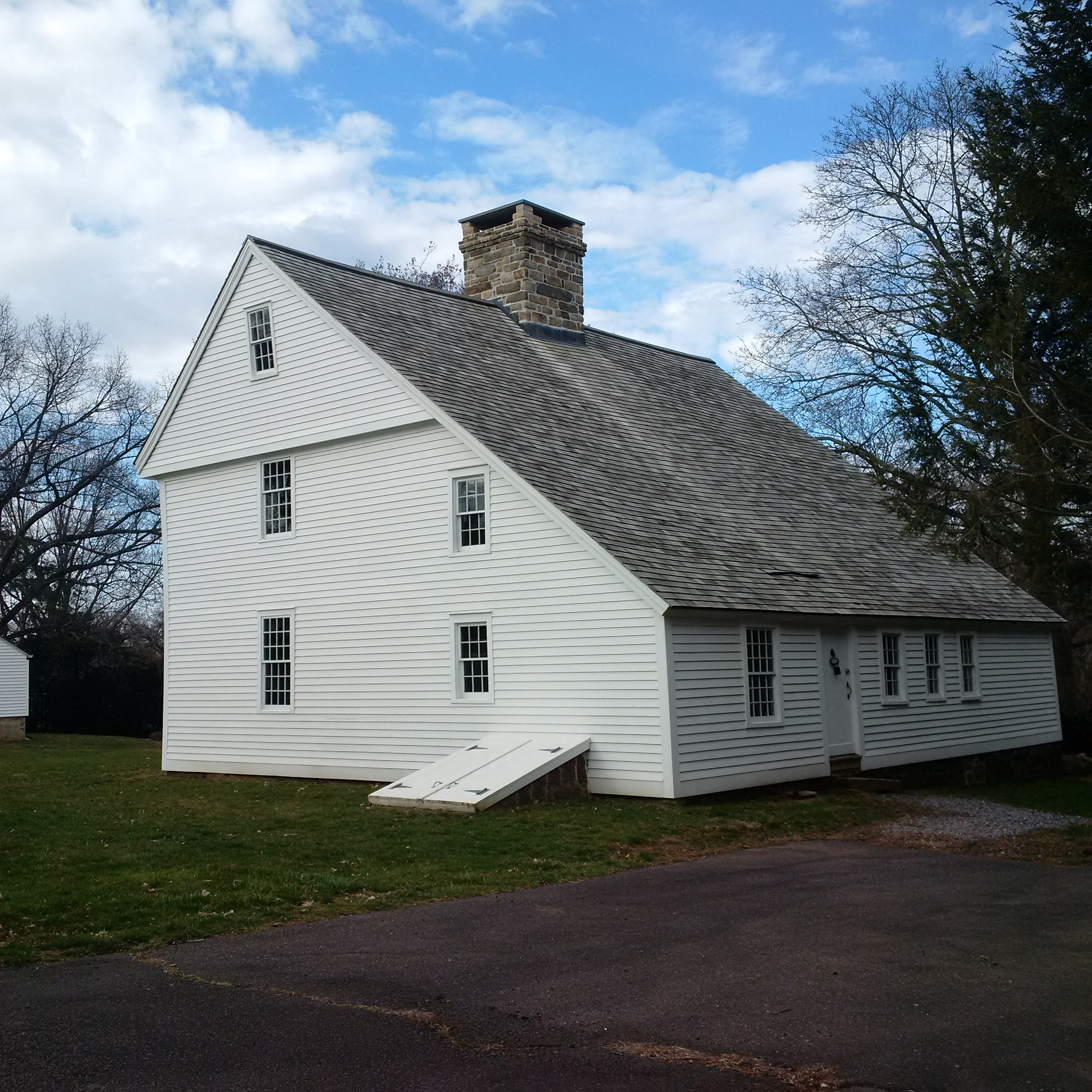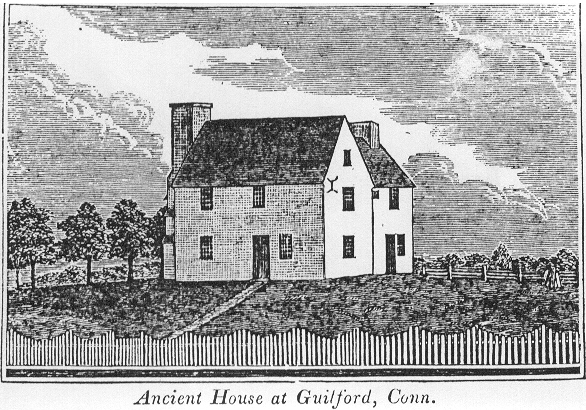|
J. Frederick Kelly
J. Frederick Kelly (1888–1947) was an American architect who has designed significant houses. Kelly was regarded as the leading architectural historian in Connecticut. and Hartford Courant Sep 3, 1947 retrieved on 2021-04-19 Kelly's work includes three properties listed on the U.S. , whose restoration or construction he is associated with: *, 538 N. Main St., Wallingford, Connecticut * [...More Info...] [...Related Items...] OR: [Wikipedia] [Google] [Baidu] |
Architect
An architect is a person who plans, designs and oversees the construction of buildings. To practice architecture means to provide services in connection with the design of buildings and the space within the site surrounding the buildings that have human occupancy or use as their principal purpose. Etymologically, the term architect derives from the Latin ''architectus'', which derives from the Greek (''arkhi-'', chief + ''tekton'', builder), i.e., chief builder. The professional requirements for architects vary from place to place. An architect's decisions affect public safety, and thus the architect must undergo specialized training consisting of advanced education and a ''practicum'' (or internship) for practical experience to earn a Occupational licensing, license to practice architecture. Practical, technical, and academic requirements for becoming an architect vary by jurisdiction, though the formal study of architecture in academic institutions has played a pivotal role in ... [...More Info...] [...Related Items...] OR: [Wikipedia] [Google] [Baidu] |
Architectural Historian
An architectural historian is a person who studies and writes about the history of architecture, and is regarded as an authority on it. Professional requirements As many architectural historians are employed at universities and other facilities for post-secondary education, in addition to bachelor's degree, it is normal for colleges and universities to require the PhD degree for new full-time hires and a master's degree for part-timers. United States According to United States Secretary of the Interior, Secretary of the Interior's Guidelines the minimum professional qualifications in architectural history are a graduate degree in architectural history, art history, historic preservation, or closely related field, with coursework in American architectural history, or a bachelor's degree in architectural history, art history, historic preservation or closely related field plus one of the following: * At least two years of full-time experience in research, writing, or teaching in ... [...More Info...] [...Related Items...] OR: [Wikipedia] [Google] [Baidu] |
National Register Of Historic Places
The National Register of Historic Places (NRHP) is the United States federal government's official list of districts, sites, buildings, structures and objects deemed worthy of preservation for their historical significance or "great artistic value". A property listed in the National Register, or located within a National Register Historic District, may qualify for tax incentives derived from the total value of expenses incurred in preserving the property. The passage of the National Historic Preservation Act (NHPA) in 1966 established the National Register and the process for adding properties to it. Of the more than one and a half million properties on the National Register, 95,000 are listed individually. The remainder are contributing resources within historic districts. For most of its history, the National Register has been administered by the National Park Service (NPS), an agency within the U.S. Department of the Interior. Its goals are to help property owners and inte ... [...More Info...] [...Related Items...] OR: [Wikipedia] [Google] [Baidu] |
Nehemiah Royce House
The Nehemiah Royce House, also known as the Washington Elm House, is a historic home located at 538 North Main Street in Wallingford, Connecticut. The saltbox house was constructed in 1672. George Washington visited the house twice, first in 1775 while on his way to take command of the Continental Army in Cambridge, Massachusetts, and again in 1789 when he gave an address to the townspeople in front of the house near the Elm. Biography of Nehemiah Royce Nehemiah Royce was christened on May 30, 1637 (actual birth date unconfirmed), in New London County, Connecticut, the son of Robert Royce ( – 1676) and Mary Sims. On November 20, 1660, he married Hannah Morgan (1642–1677). They had nine children together. Royce, a carpenter, joiner and blacksmith by trade, was one of Wallingford's original 38 proprietors authorized by the Connecticut General Assembly in 1667 to purchase land from the Quinnipiac nation. On May 12, 1670, Wallingford was incorporated and about 126 people s ... [...More Info...] [...Related Items...] OR: [Wikipedia] [Google] [Baidu] |
Henry Whitfield House
The Henry Whitfield House is a historic house located in Guilford, Connecticut, down the street from the town green. This house dates from 1639, having been built just before the town of Guilford was settled. It is the oldest house in Connecticut and the oldest stone house in New England. The house, with its massive stone walls, also served as a fort to protect the community. Henry Whitfield, for whom the house was built, was a Puritan minister who had come from England to flee religious persecution. The house was remodeled in 1868 and opened to the public in 1899 as the first museum of the State of Connecticut, the Henry Whitfield State Museum. The house was restored in 1902–04 and in the 1930s and was declared a National Historic Landmark in 1997. It was named a State Archeological Preserve in 2006. and Construction The first settlers of the Guilford colony began construction of their minister's home in September 1639, shortly after their arrival in the area of the f ... [...More Info...] [...Related Items...] OR: [Wikipedia] [Google] [Baidu] |
Colonial Revival Architecture
The Colonial Revival architectural style seeks to revive elements of American colonial architecture. The beginnings of the Colonial Revival style are often attributed to the Centennial Exhibition of 1876, which reawakened Americans to the architectural traditions of their colonial past. Fairly small numbers of Colonial Revival homes were built c. 1880–1910, a period when Queen Anne-style architecture was dominant in the United States. From 1910–1930, the Colonial Revival movement was ascendant, with about 40% of U.S. homes built during this period in the Colonial Revival style. In the immediate post-war period (c. 1950s–early 1960s), Colonial Revival homes continued to be constructed, but in simplified form. In the present-day, many New Traditional homes draw from Colonial Revival styles. While the dominant influences in Colonial Revival style are Georgian and Federal architecture, Colonial Revival homes also draw, to a lesser extent, from the Dutch Colonial ... [...More Info...] [...Related Items...] OR: [Wikipedia] [Google] [Baidu] |
Contributing Property
In the law regulating historic districts in the United States, a contributing property or contributing resource is any building, object, or structure which adds to the historical integrity or architectural qualities that make the historic district significant. Government agencies, at the state, national, and local level in the United States, have differing definitions of what constitutes a contributing property but there are common characteristics. Local laws often regulate the changes that can be made to contributing structures within designated historic districts. The first local ordinances dealing with the alteration of buildings within historic districts was passed in Charleston, South Carolina in 1931. Properties within a historic district fall into one of two types of property: contributing and non-contributing. A contributing property, such as a 19th-century mansion, helps make a historic district historic, while a non-contributing property, such as a modern medical clinic ... [...More Info...] [...Related Items...] OR: [Wikipedia] [Google] [Baidu] |
Whitney Avenue Historic District
__NOTOC__ The Whitney Avenue Historic District is a historic district in the East Rock neighborhood of New Haven, Connecticut. It is a district which included 1,084 contributing buildings when it was listed on the National Register of Historic Places in 1989. It is bordered by Edgerton Park and East Rock Park on the north. It abuts the Prospect Hill Historic District to the west and the Orange Street Historic District on the east. Yale University facilities border on the southwest and south. The district is named after Whitney Avenue, the principal thoroughfare in the district, which is lined with mansions or other larger houses, while the smaller streets included in the district have mostly smaller homes. Per its NRHP nomination, the district is significant as a well-preserved middle and upper-class residential neighborhood which reflects the process of suburbanization in New Haven during the late 19th and early 20th centuries...and which has retained its integrity with ... [...More Info...] [...Related Items...] OR: [Wikipedia] [Google] [Baidu] |
1947 Deaths
It was the first year of the Cold War, which would last until 1991, ending with the dissolution of the Soviet Union. Events January * January–February – Winter of 1946–47 in the United Kingdom: The worst snowfall in the country in the 20th century causes extensive disruption of travel. Given the low ratio of private vehicle ownership at the time, it is mainly remembered in terms of its effects on the railway network. * January 1 - The Canadian Citizenship Act comes into effect. * January 4 – First issue of weekly magazine ''Der Spiegel'' published in Hanover, Germany, edited by Rudolf Augstein. * January 10 – The United Nations adopts a resolution to take control of the free city of Trieste. * January 15 – Elizabeth Short, an aspiring actress nicknamed the "Black Dahlia", is found brutally murdered in a vacant lot in Los Angeles; the mysterious case is never solved. * January 16 – Vincent Auriol is inaugurated as president of France. * January 19 – Ferry ... [...More Info...] [...Related Items...] OR: [Wikipedia] [Google] [Baidu] |






